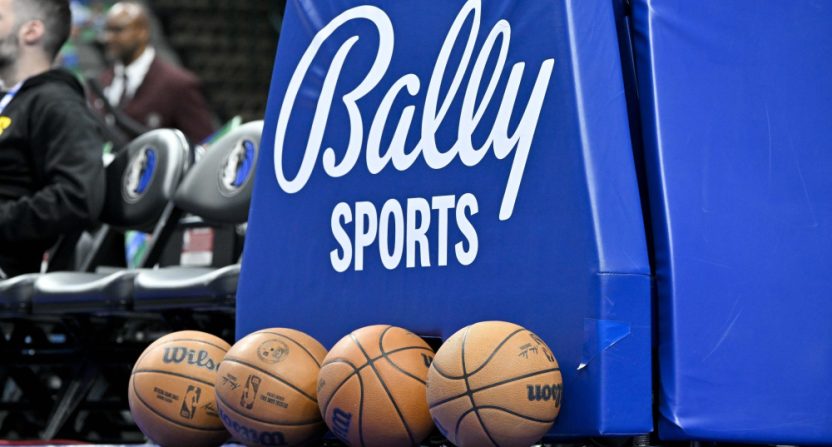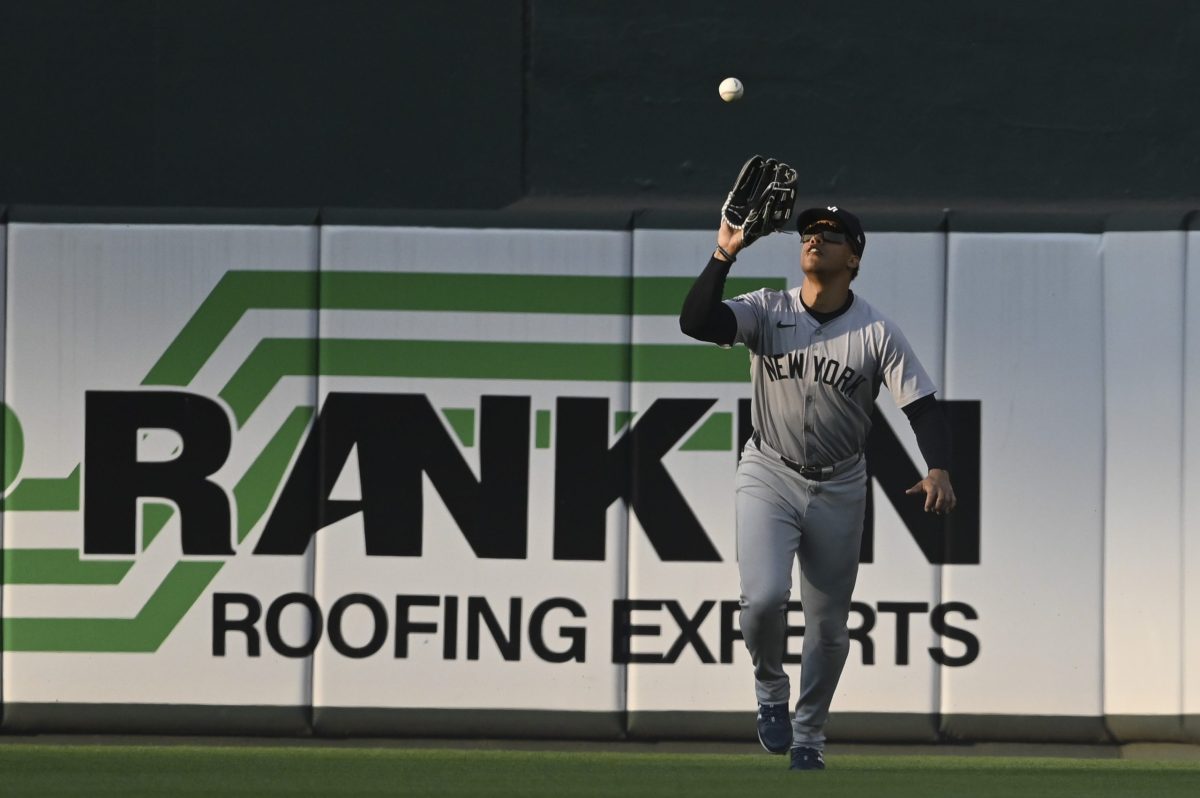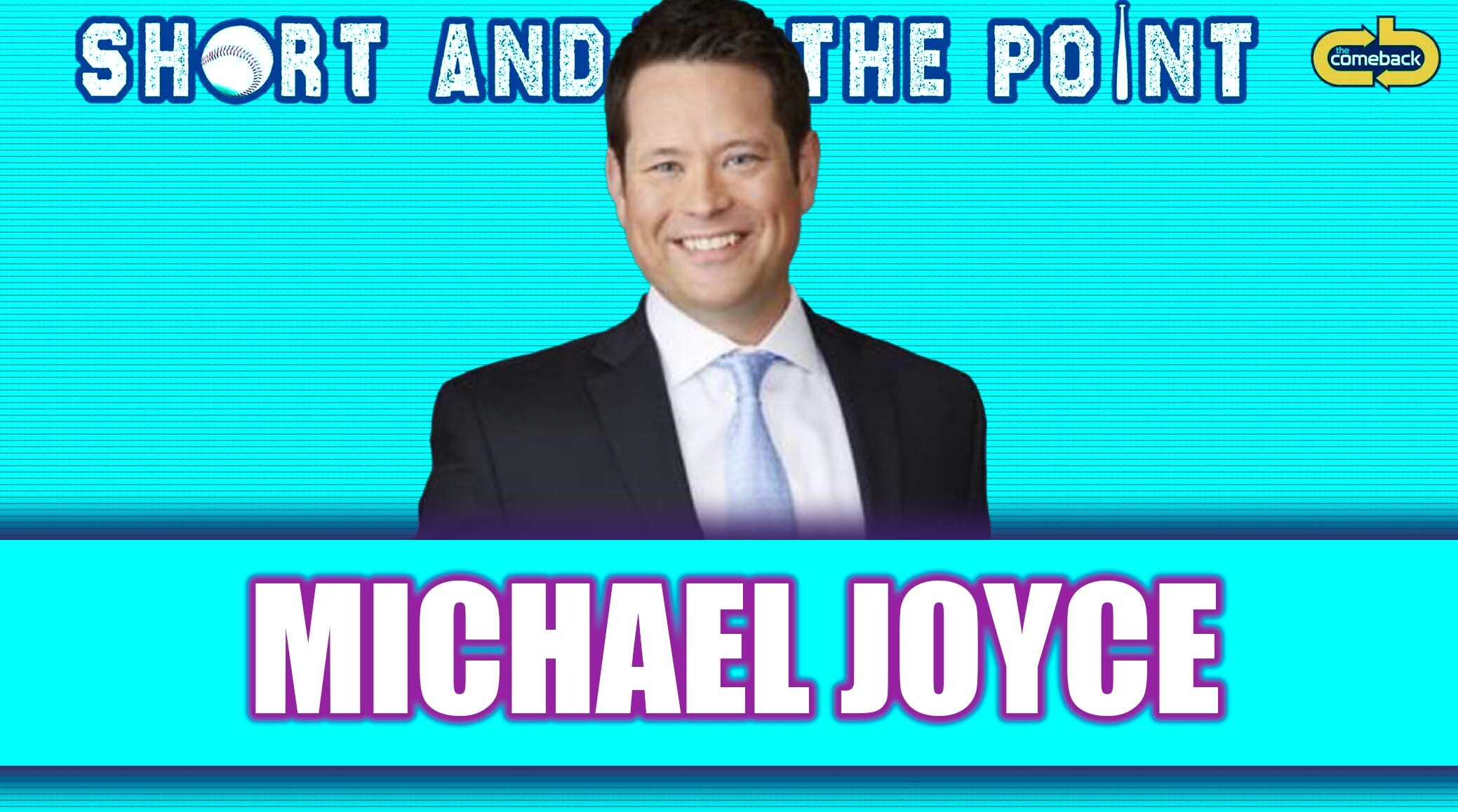For the first time since regional sports giant Diamond Sports Group’s March 2023 Chapter 11 filing, the NBA and NHL have bashed the company in court filings, sharply slamming the firm over its motion to extend the deadline for exiting bankruptcy.
The criticisms are notable as the two leagues have largely been supportive of Diamond Sports, the parent of the Bally Sports RSNs, as opposed to MLB, which filed its own motion expressing concern and has carried on a contentious relationship with Bally Sports since even before the inception of the bankruptcy. But now the NBA and NHL each filed a motion saying the deadline extension to November proposed by Diamond endangers the broadcasts of the leagues’ games in the 2024-’25 seasons.
“However, the NBA has now grown deeply concerned about whether the Debtors can timely confirm and consummate a plan that will enable them to produce and distribute NBA games and meet their other obligations to the NBA for the 2024-25 NBA season,” the NBA wrote.
And the NHL similarly worried, “as the NHL and the Clubs are faced with solidifying their media plans for the 2024-2025 season, they remain without any certainty or confirmation of a viable path forward.”
Diamond, earlier this year, asked the court to extend the deadline for prohibiting others from filing a competing Chapter 11 plan by five months to November 14, 2024.
“Diamond received no objections to approval of its disclosure statement, and we look forward to clearing yet another hurdle on the path toward confirming our plan and emerging from bankruptcy on the original timeline we outlined to the court,” said a Diamond Sports Group spokesperson. “In the meantime, we are laser-focused on finalizing agreements with our distribution partners and the NBA and NHL and providing additional information about our go-forward business plan.”
MLB did not target the extension (its Bally Sports teams have agreements for the 2024 season and its next season starts in 2025) but questioned the information put forward by Diamond, wondering if the company truly would emerge whole from bankruptcy.
“[A]pproximately 81% of the Debtors’ revenue is derived from three primary Distributors,” MLB wrote, referring to Comcast, DirecTV, and Charter. “But as of the date of the Disclosure Statement, the go-forward terms, if any, with these Distributors are uncertain.
The NBA and NHL made the same point with the NBA writing, “While the Debtors announced a new distribution deal with Charter on April 3, 2024, the effects of that deal on subscribers, revenues and other metrics key to the viability of the Debtors’ plan—both in the short and long term—will need to be reflected in an updated Disclosure Statement. Further, as the Debtors acknowledge in their Exclusivity Motion, they must still reach deals with many other parties in order to have a viable business, including other major distributors and the sports leagues and teams…The implications of those deals (if any are reached) on the Debtors’ viability also will need to be assessed.”
Ballys televises 38 NBA, NHL and MLB teams, by far the most in the troubled RSN business. Once a cash cow, Diamond was hammered by cord-cutting and debt incurred during parent company Sinclair’s 2019 acquisition of the company.
The main creditors of Diamond have signed off the bankruptcy plan, so the leagues’ new motions certainly throw a curveball into the process. In January, Diamond on the backs of a new investment commitment from Amazon, reversed course and went from a plan to shut down the business at the end of 2024 to one of re-organization and emergence as a going concern.
Each of the three leagues questions if that is possible. The NBA asked the bankruptcy court for a May 10 hearing and reserved its rights to object to the consummation of a Chapter 11 plan.
“The NBA cannot continue to subsidize optionality for the Debtors and their lenders into yet a third season at the expense of NBA teams, players, and fans. If the Debtors’ current negotiations with leagues, teams, and their remaining distributors do not promptly yield results that can sustain a viable business model, and the Debtors are forced in the Fall of 2024 to pivot back to a wind-down or substantially reduced business scope, the NBA will not have sufficient time to arrange production and distribution of games and monetize its rights, for the 2024-25 season. These things do not happen overnight. They require time-consuming and costly preparation and sometimes challenging negotiations with third parties. After having had two NBA seasons adversely affected by the Debtors’ financial distress and bankruptcy, the NBA and its fans should not be subjected to a third season of disruption and uncertainty.
Last year, MLB took the lead in battling Diamond over its reduced payments to teams. Now it will have some company.







